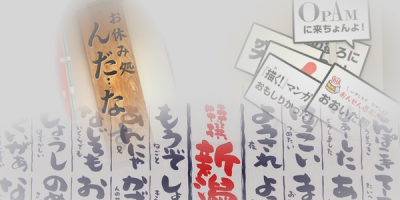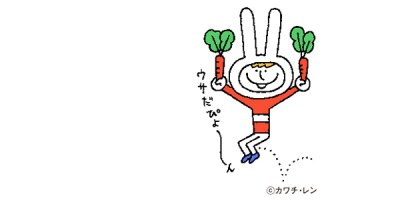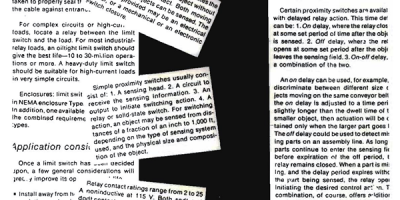
In the previous essay, we looked at the reminiscences of a person who saw everyday life as a show and, against his wishes, had taken on the role of an “honor student” from childhood, whipped from behind by the stage director. I have already stated that this is just one point of view, and is not necessarily correct. However, there is no shortage of similar points of view which try to grasp people’s daily lives from the perspective of roles, and the details of the “roles” brought up in such examples are diverse. We shall ignore for the moment whether this point of view is right or wrong, and instead look at the “roles” themselves briefly.
In his discussion of conversation, Masakazu Yamazaki(1) has this to say about the roles of people when amusing themselves with conversation:
With each of the ever-changing topics of the day, each participant tacitly chooses a role and performs it. A variety of characters emerge —a protagonist of course, the clown who entices laughter from the audience, the antagonist, who intentionally introduces adversity, etc.— to form the show’s troupe. Here, the largest taboo is to be out of place; those incapable of intuitively grasping their place and role are excluded from the troupe.
[YAMAZAKI Masakazu, “Homo Sociabilis: Conversing Humans” 2003]
The roles introduced here—the “protagonist,” “clown,” and “antagonist”—are different (although related) to the characters I have introduced up until now. The characters I have discussed can be envisioned in the absence of conversation with other people, for example the “senior citizen” character who says to himself “moo aki ja noo” (Is it autumn already?).
There are large differences between the two concepts, even when examining incidences of conversation. The roles which Yamazaki discusses are dynamic properties that can change rapidly as the conversation evolves.
That isn’t to say that the characters I have talked about do not have a dynamic component. We have already discussed how a person might quietly change her character (although it generally mustn’t be changed) to suit their conversation partner. For example she might find it difficult to maintain the intense “anego” character all the time, and decide it safer to go with an “imouto” character in some cases (see part 8). Similarly, a person talking to an intense “Tokyo native” character might find himself sucked into becoming a “Tokyo native” character, or he might rebel against it and become an “Osaka native” character (parts 15, 16, and 17).
However, the roles discussed by Yamazaki are even more dynamic than this, and more obvious. This property, which can instantly change with a change of conversation topic —Person A instantly changing from “protagonist” to “antagonist,” while Person B changes from “antagonist” to “clown” in front of everyone— is something which the characters I have discussed do not possess.
Rather, character “cannot be intentionally changed (in general)” beyond the context of play, and are a static property, at least on the surface. Adopting the concept of character, apart from traditional notions of “style” in thinking about language and communication, is necessary exactly for this static property. (To be continued.)
* * *









(1) 1934– A Japanese drama scholar.